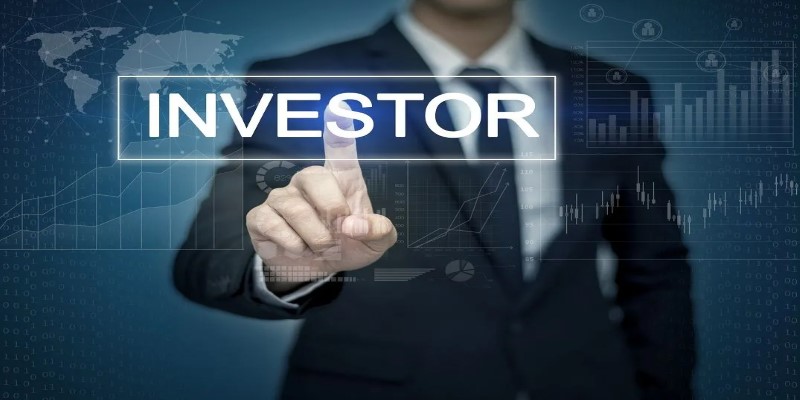Why Do Companies Repurchase Shares? Exploring the Ups and Downs of Stock Buybacks
Imagine a cash-rich company uncertain about the best way to leverage its surplus funds for sustainable growth. Should it invest in innovative projects, reduce its financial obligations, or distribute wealth to its shareholders? For many companies facing this strategic dilemma, the answer increasingly lies in adopting a strategy known as stock buybacks or share repurchase programs. At its core, this tactic involves the company purchasing its shares from the open market, effectively reducing the total number of shares outstanding. But what drives firms to choose this route, and does it genuinely deliver value to investors? To address these questions, we will delve into the motivations for stock buybacks, their operational mechanics, and their broader implications for shareholders and the overall market landscape.
The Mechanics of Stock Buybacks

At first glance, a stock buyback does not seem complex: The company acquires its stocks and reduces the number of stocks available in the pool. However, it is much more complex than that at the financial level. Stock buybacks are often made through open market purchases or tender offers.
In an open market buyback, the company simply buys back its shares like any other investor. This is a gradual process and depends on the market price. The tender offer directly invites shareholders to sell stock back to the company at a premium price. This is quicker but generally more expensive.
When a company repurchases its outstanding shares, the earnings-per-share (EPS) increases because profits are now spread over fewer shares. It makes the company more appealing to investors, thereby raising the likelihood of a possible stock price increase. However, such cosmetic improvement might disguise deeper financial realities, leading people to debate whether buybacks actually add long-term value.
Why Do Companies Repurchase Their Shares?
There’s no one-size-fits-all answer to why companies opt for stock buybacks, but several recurring themes emerge.
First, buybacks can signal confidence. When a company repurchases its stock, it suggests that the management believes the shares are undervalued. This can restore investor confidence and stabilize or even boost the share price.
Second, buybacks offer flexibility. Unlike dividends, which are ongoing commitments, share repurchase programs are discretionary. Companies can pause or stop buybacks during tough economic times without drawing as much criticism as cutting dividends would.
Another motive is to improve financial ratios. As buybacks reduce outstanding shares, metrics like EPS and return on equity (ROE) can improve, making the company appear more profitable and efficient.
Additionally, buybacks can be a tool for managing excess cash. Companies with limited growth opportunities might use repurchase programs to deploy surplus cash efficiently. Instead of leaving funds idle or making risky investments, buybacks provide a direct benefit to shareholders.
However, critics argue that some companies prioritize buybacks over reinvesting in their business or paying higher wages. This raises questions about whether buybacks serve short-term interests at the expense of long-term growth.
The Impact on Investors: Benefits and Risks

For investors, stock buybacks can be a mixed bag. On the positive side, buybacks often lead to a rise in stock prices. With fewer shares on the market, each remaining share represents a larger ownership stake in the company, boosting shareholder value. Additionally, investors may see buybacks as a sign of stability and strong financial health.
Another advantage is the tax efficiency of buybacks compared to dividends. When companies distribute dividends, shareholders are taxed on the income. With buybacks, shareholders who don’t sell their shares avoid immediate taxation, allowing for potential tax deferral.
However, the risks of buybacks are equally important to consider. If a company overpays for its shares during a repurchase program, it may deplete its cash reserves without delivering proportional value to investors. This is particularly concerning if the company faces a downturn or new investment opportunities arise.
Moreover, buybacks can sometimes distort market perceptions. Artificially inflating EPS or stock prices may obscure underlying financial weaknesses. In extreme cases, buybacks could be used to manipulate executive compensation tied to share performance, sparking ethical concerns.
For long-term investors, the key is to evaluate whether a company’s buyback strategy aligns with its overall financial health and growth objectives.

Are Stock Buybacks Good for the Market?
While stock buybacks can benefit individual companies and their shareholders, their broader impact on the market is a subject of intense debate. Proponents argue that buybacks improve market efficiency by reallocating capital to where it’s needed most. When a company signals confidence through a share repurchase program, it can attract more investors, stabilizing stock prices.
Critics, however, warn of potential downsides. Excessive buybacks, especially when fueled by borrowed money, can increase corporate debt levels. In some cases, companies may prioritize buybacks over reinvesting in innovation or addressing broader economic issues, such as employee pay or sustainability initiatives.
Additionally, the concentration of ownership resulting from buybacks could exacerbate wealth inequality. As shares become scarcer, the benefits of rising stock prices primarily accrue to large shareholders and institutional investors, leaving smaller investors and employees with less gain.
In response to these concerns, some governments and regulatory bodies have considered imposing restrictions or taxes on stock buybacks. The goal is to encourage companies to strike a balance between rewarding shareholders and investing in long-term growth.
Conclusion
Stock buybacks are a powerful tool in the corporate playbook, offering companies a way to reward shareholders, signal confidence, and manage financial metrics. For investors, they can deliver substantial benefits, including increased share value and tax efficiency. Yet, the strategy isn’t without its flaws. Overuse of buybacks, particularly when poorly executed or driven by short-term motives, can lead to missed opportunities for innovation and growth. Ultimately, whether stock buybacks are good for investors depends on the context. Savvy investors must look beyond the surface, examining a company’s financial health, growth prospects, and priorities.










